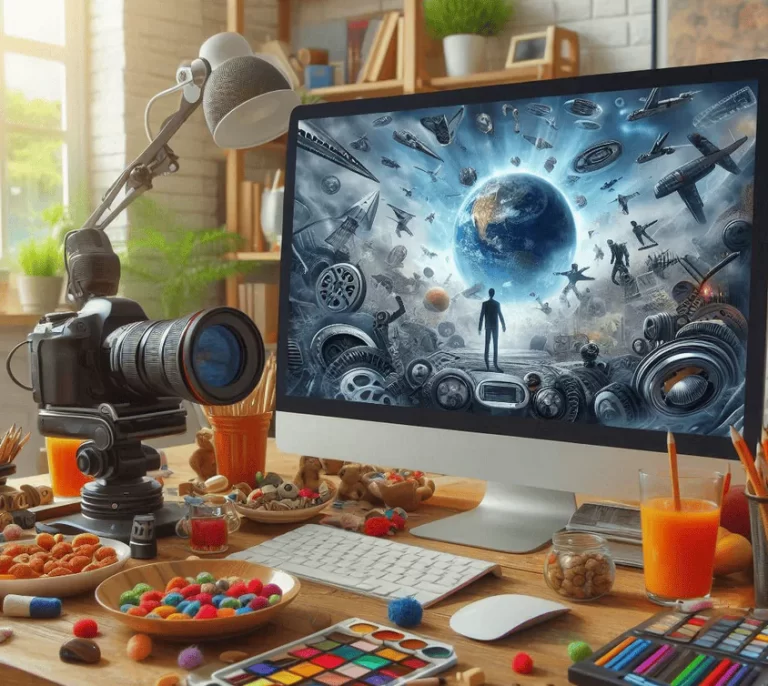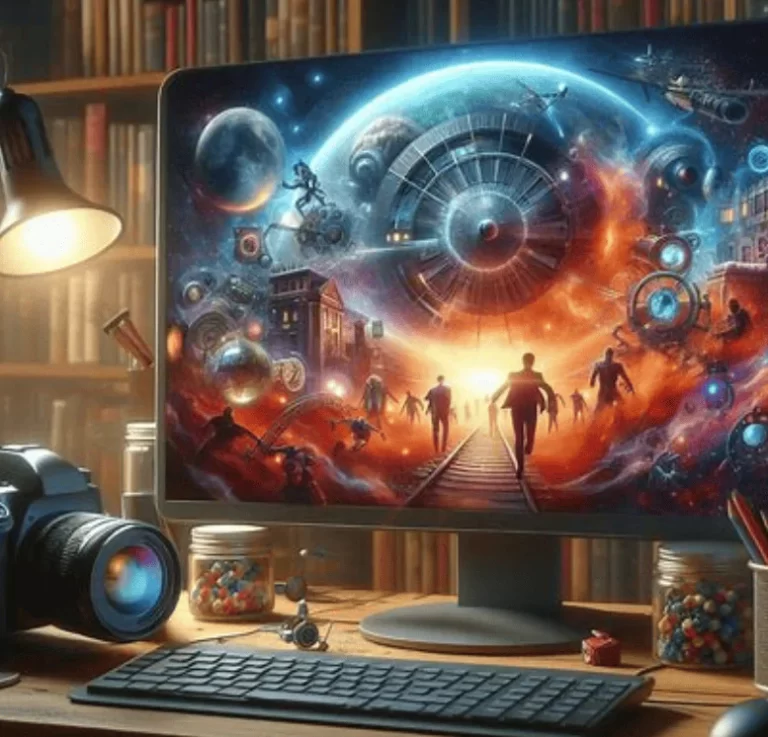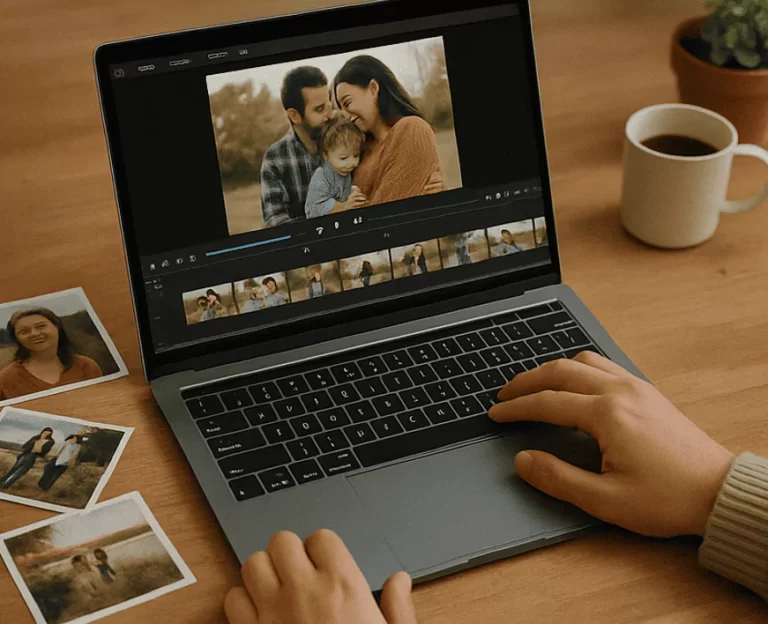
Digital Art Marketplace In the contemporary art world, a paradigm shift has emerged, driven by technology and fueled by creativity. The Digital Art Marketplace stands at the epicenter of this transformation, offering a revolutionary platform for artists and collectors to interact, transact, and collaborate. It is a vibrant ecosystem where the boundaries of traditional art dissolve, giving way to limitless possibilities.
The following exploration delves into the intricacies of the Digital Art Marketplace, examining its evolution, functionality, and profound impact on the global art community.
The Dawn of the Digital Art Marketplace
A Historical Perspective
The idea of art as a tradable commodity is not new. For centuries, collectors have sought to acquire masterpieces, and artists have relied on patrons for financial support. However, the Digital Art Marketplace has upended this dynamic, democratizing access and breaking geographical barriers.
Before this revolution, the purchase and sale of art were often confined to physical galleries and exclusive auction houses. Digital platforms have dismantled these traditional gatekeepers, granting artists unprecedented visibility and collectors access to diverse creations.
The Role of Technology
The evolution of the Digital Art Marketplace owes much to technological advancements. Blockchain, for instance, ensures the authenticity and provenance of digital artworks. Cloud-based storage allows seamless sharing of high-resolution art files, while artificial intelligence aids in curation and personalization.
These technologies converge to create a marketplace that is not only efficient but also equitable, fostering trust between creators and buyers.
How the Digital Art Marketplace Works
For Artists: A Gateway to Global Audiences
Artists entering the Digital Art Marketplace gain exposure to a global audience. Through platforms like OpenSea, SuperRare, and Foundation, they can mint their creations as NFTs (non-fungible tokens). This process involves registering their work on a blockchain, ensuring originality and ownership.
Once listed, these pieces are showcased to potential buyers. Unlike traditional galleries, which take substantial commissions, digital platforms often provide more favorable terms, empowering artists to retain a significant portion of their earnings.
For Collectors: Transparency and Accessibility
For collectors, the Digital Art Marketplace offers a transparent and accessible way to acquire art. Each piece is accompanied by detailed metadata, including its history, creator, and ownership records. This information, stored on the blockchain, eliminates ambiguity and enhances confidence in transactions.
Moreover, marketplaces cater to a wide range of budgets, allowing entry-level collectors to invest in fractional ownership or affordable pieces, while seasoned buyers pursue rare and high-value works.
Key Features of the Digital Art Marketplace
1. Blockchain Authentication
The backbone of the Digital Art Marketplace is blockchain technology. By creating a decentralized ledger, it guarantees the authenticity and ownership of digital artworks. Smart contracts automate transactions, ensuring creators receive royalties on secondary sales—a feature largely absent in traditional art markets.
2. Diverse Artistic Styles
From generative art and 3D animations to static digital paintings, the Digital Art Marketplace accommodates an array of styles. This diversity not only appeals to a broad audience but also encourages innovation among artists exploring unconventional mediums.
3. Global Connectivity
Geographical boundaries are irrelevant in the digital realm. Artists from remote regions can showcase their work to an international audience, and collectors can discover talents they might never have encountered otherwise.
4. Community-Driven Ecosystem
Many platforms foster a sense of community, enabling artists and collectors to engage directly. Forums, social media integrations, and collaborative projects strengthen these connections, creating a vibrant network of mutual support.
The Advantages of the Digital Art Marketplace
Empowering Artists
The Digital Art Marketplace offers creators unparalleled autonomy. By bypassing intermediaries like galleries, artists can control pricing, distribution, and branding.
This empowerment extends to revenue streams. Blockchain ensures perpetual royalties, enabling artists to benefit from the appreciation of their works over time.
Broadening Collector Demographics
The accessibility of the Digital Art Marketplace has attracted a new generation of art enthusiasts. Millennials and Gen Z, who grew up in the digital age, are drawn to its innovative nature and the prospect of owning unique digital assets.
Sustainability
Compared to traditional art production, digital art is inherently more sustainable. It eliminates the need for physical materials and shipping, reducing the environmental footprint of the art market.
Challenges Facing the Digital Art Marketplace
Environmental Concerns
Despite its advantages, the Digital Art Marketplace has faced criticism for the environmental impact of blockchain technology. Platforms relying on energy-intensive networks like Ethereum have been scrutinized for their carbon footprint.
However, many marketplaces are transitioning to eco-friendly alternatives, such as proof-of-stake systems, to address these concerns.
Market Saturation
As the Digital Art Marketplace grows, so does competition. For emerging artists, standing out in an oversaturated market can be daunting. Collectors, too, face the challenge of navigating a vast array of choices to find works that resonate.
Trends Shaping the Future of the Digital Art Marketplace
The Rise of Experiential Art
Interactive and immersive art experiences are becoming increasingly popular in the Digital Art Marketplace. Virtual reality (VR) and augmented reality (AR) allow collectors to engage with artworks in unprecedented ways, transforming passive viewing into active participation.
Cross-Disciplinary Collaborations
Artists are collaborating with technologists, musicians, and filmmakers to create multidisciplinary projects. These collaborations push the boundaries of creativity, offering collectors unique, hybrid pieces that blend art and technology.
Fractional Ownership
Fractional ownership is democratizing high-value art acquisitions. By purchasing shares of an artwork, collectors can invest in pieces that would otherwise be financially out of reach. This trend is particularly appealing to younger buyers entering the market.
Case Studies: Success Stories in the Digital Art Marketplace
Beeple’s $69 Million Sale
The sale of Beeple’s “Everydays: The First 5000 Days” marked a watershed moment for the Digital Art Marketplace. Auctioned at Christie’s, the piece demonstrated the market’s legitimacy and its potential to rival traditional art sales.
Emerging Artists Gaining Global Recognition
Platforms like Foundation have spotlighted emerging talents, enabling them to achieve international acclaim. Artists from underrepresented regions have found success, sharing their unique perspectives with a global audience.
Building Trust in the Digital Art Marketplace
Transparency through Blockchain
The immutable nature of blockchain fosters trust between artists and collectors. Buyers can verify an artwork’s authenticity and ownership history, while creators are assured of fair compensation through automated royalties.
Education and Awareness
Many platforms prioritize educating their users, offering tutorials on blockchain, minting, and collecting. This knowledge empowers participants to make informed decisions and engage confidently with the Digital Art Marketplace.
Conclusion
The Digital Art Marketplace represents a monumental shift in how art is created, shared, and appreciated. It is a space where artists are empowered, collectors are engaged, and technology serves as an enabler of creativity. While challenges remain, the marketplace’s potential to redefine the art world is undeniable.
As it evolves, the Digital Art Marketplace will continue to inspire, innovate, and connect—a testament to the boundless possibilities of art in the digital age.



